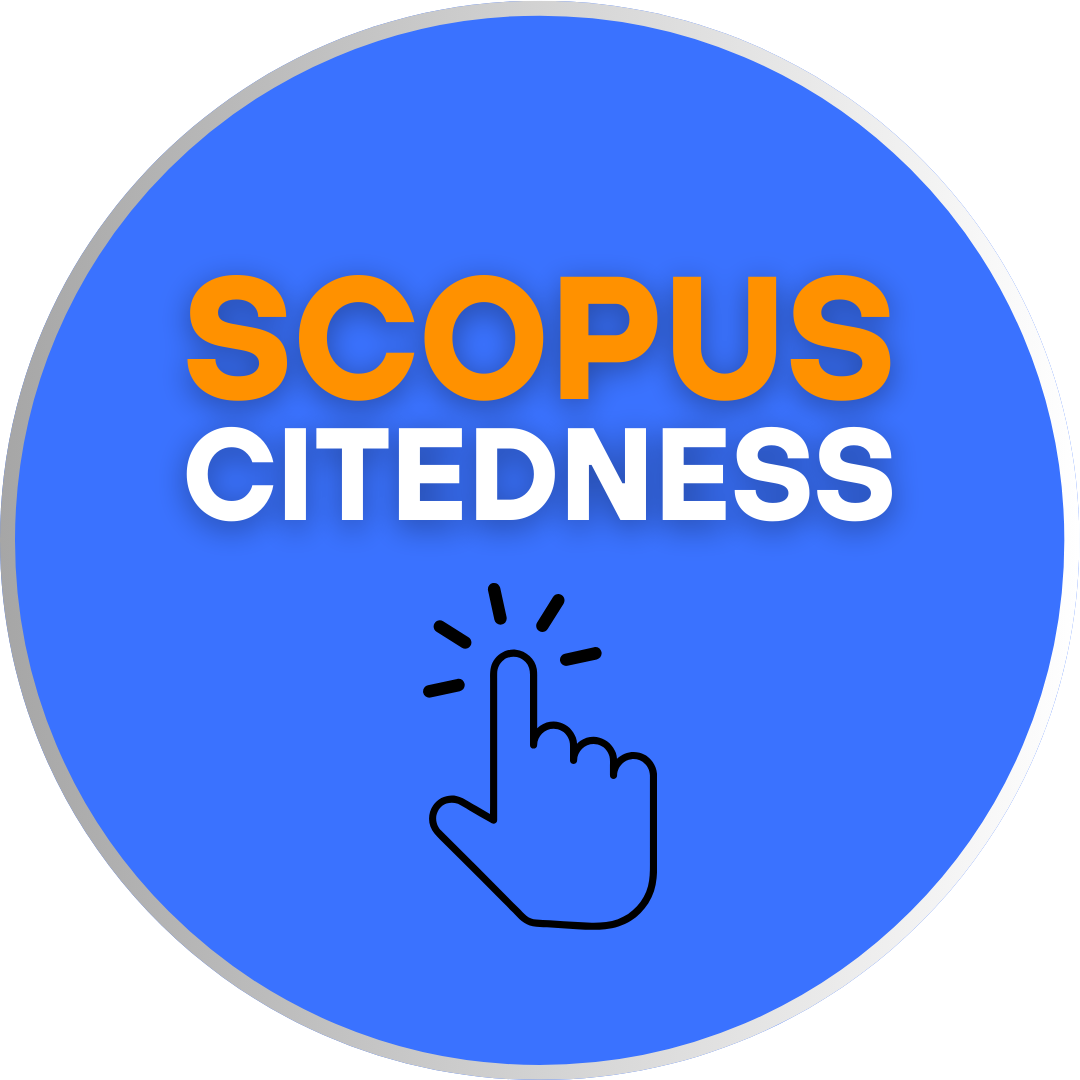Cultural Hegemony in Aravind Adiga’s The White Tiger
DOI:
https://doi.org/10.18592/let.v15i1.15910Keywords:
Hegemony, Caste oppression, Cultural dominance, Ideology, ResistanceAbstract
This paper explores the role of cultural hegemony in perpetuating caste- and class-based oppression in contemporary India through a critical reading of Aravind Adiga’s The White Tiger. Grounded in Antonio Gramsci’s theory of hegemony, it examines how ideological consent, coercion, and institutional complicity normalize systemic domination. The novel portrays how caste and class hierarchies persist not just through overt force, but through cultural mechanisms that internalize obedience among the oppressed. Balram Halwai’s morally ambiguous rise from rural servitude to urban entrepreneurship reflects a critique of the entrenched structures of power that manipulate ideology, economy, and identity. Through qualitative textual analysis, the paper reveals how moments of rebellion, while disruptive, and are often reabsorbed into hegemonic systems. Ultimately, the study emphasizes literature’s capacity to critique and challenge dominant ideologies, situating The White Tiger within broader debates on power, resistance, and subaltern agency in Indian fiction and cultural discourse.References
Adiga, A. (2008). The White Tiger. Free Press.
Althusser, L. (1971). Ideology and ideological state apparatuses. Monthly Review Press. https://doi.org/10.2307/2494293
Bahri, D. (2010). Native intelligence: Aesthetics, politics, and postcolonial literature. University of Minnesota Press.
Bayly, S. (1999). Caste, society, and politics in India. Cambridge University Press. https://doi.org/10.1017/s1356186300012682
Bhabha, H. K. (1994). The location of culture. Routledge.
Bourdieu, P. (1984). Distinction: A social critique of the judgment of taste. Harvard University Press.
Foucault, M. (1977). Discipline and punish. Pantheon Books. https://doi.org/10.1007/s10997-008-9080-7
Foucault, M. (1980). Power/knowledge. Pantheon Books. https://doi.org/10.1017/s0033291700052569
Fraser, N. (2009). Scales of justice: Reimagining political space in a globalizing world. Columbia University Press. https://doi.org/10.1177/0090591709354875
Gramsci, A. (1971). Selections from the prison notebooks. International Publishers. https://doi.org/10.4324/9781315872193-35
Hall, S. (1983). Cultural studies 1983: A theoretical history. Duke University Press. https://doi.org/10.1111/1468-229x.12479
John, M. E. (2011). Merit and mobility: The caste-class complex in Indian education. Economic and Political Weekly, 46(22), 40–43.
Joseph, M. (2010). Serious men. HarperCollins India.
Mahal, R. (2020). Analytical study of Aravind Adiga’s The White Tiger. International Journal of Psychosocial Rehabilitation.
Ruprah, H. (2018). An analysis of Indian social milieu in Aravind Adiga’s The White Tiger. International Journal of Academic Research.
Srinivas, M. N. (1955). Caste in modern India. Asia Publishing House. https://doi.org/10.2307/2941637
Swarup, V. (2005). Q&A. Doubleday.
Thompson, E. P. (1963). The making of the English working class. Vintage Books.
Wallerstein, I. (1974). The modern world-system. Academic Press.
Williams, R. (1977). Marxism and literature. Oxford University Press.
Downloads
Published
How to Cite
Issue
Section
License
Copyright (c) 2025 Shivani Mishra, Ritu Pandey

This work is licensed under a Creative Commons Attribution 4.0 International License.
Authors who publish with this journal agree to the following terms:
- Authors retain copyright and grant the journal right of first publication with the work simultaneously licensed under a Creative Commons Attribution License that allows others to share the work with an acknowledgement of the work's authorship and initial publication in this journal.
- Authors are able to enter into separate, additional contractual arrangements for the non-exclusive distribution of the journal's published version of the work (e.g., post it to an institutional repository or publish it in a book), with an acknowledgement of its initial publication in this journal.
- Authors are permitted and encouraged to post their work online (e.g., in institutional repositories or on their website) prior to and during the submission process, as it can lead to productive exchanges, as well as earlier and greater citation of published work.
LET (LINGUISTICS, LITERATURE, AND LANGUAGE TEACHING) http://jurnal.uin-antasari.ac.id/index.php/let/index licensed under a Creative Commons Attribution 4.0 International License.
















